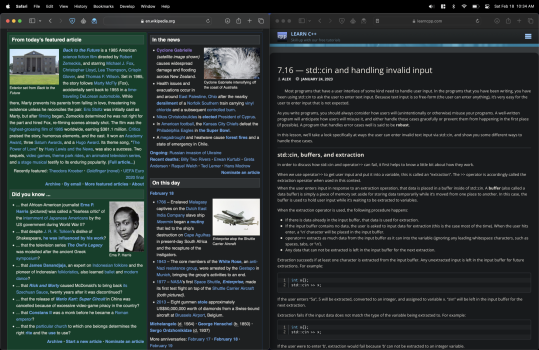Understood, but you're not comparing apples and oranges with the defaults. If you were, you'd be comparing 1440 x 900 for the 15" vs. 1512 x 982 for the 14". Those are the native pixel doubled resolutions. Which is a smaller desktop on the 15". As you stated "I use my devices at native scaling" - no, you didn't, not with the 15" if that is where you were coming from.
As the article I linked to above stated, Apple moved beyond the pixel doubled resolution into interpolated at a later point in the lifecycle for the 15" display due to complaints about the size of the desktop. Doing similar w/ the 14" again yields more on the desktop, because again, the actual resolution of the 14" is higher (regardless of its actual size, it holds more pixels)
If you do go to max interpolated the 15" will yield more desktop space, but it will do so at lower detail. The only advantage of the 15" panel is it's slightly larger which of course is a benefit for eyesight issues, but the 14" still holds more detail (PPI) which would ameliorate that to some degree.



